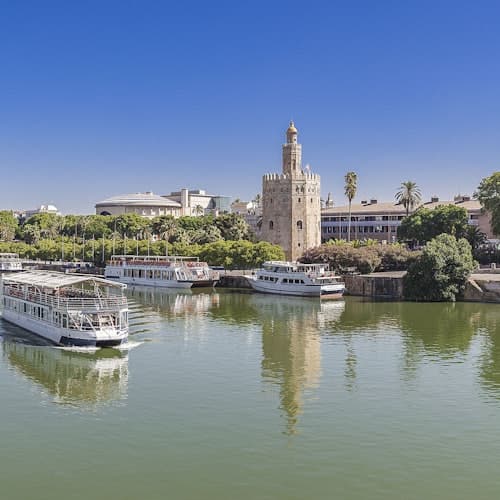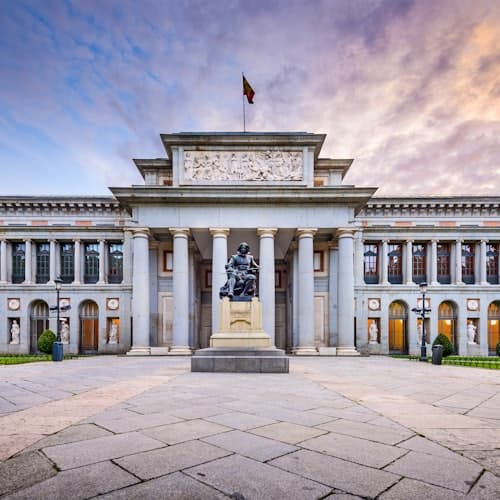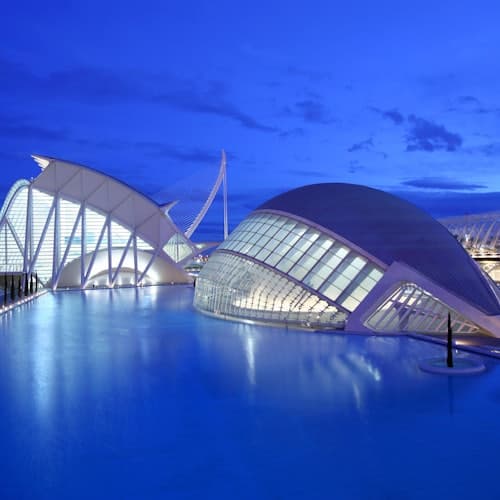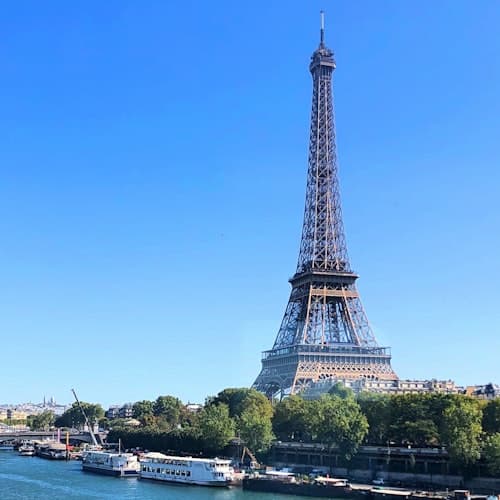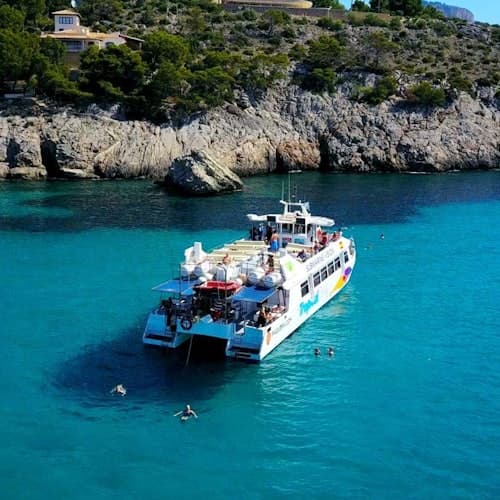Los mejores guías de free tours del mundo están aquí:
¿Dónde?
Buscar por ciudad
Ciudades destacadas
Tours más populares
Últimas opiniones
Descubre qué hacer en los destinos más populares
Preguntas frecuentes

¿Quieres compartir tu cultura con viajeros de todo el mundo?
Nuevas Actividades
- Paseo en Barco en Miami
- Excursiones en Miami
- Bus Turístico en Miami
- Actividades en Miami
- Tablao Flamenco en Palma de Mallorca
- Acuario Palma de Mallorca
- Tours a Isla Mujeres en Cancún
- Spa Costa Adeje
- Visitas Guiadas Barcelona
- Catas de vino en Barcelona
- Excursiones desde Barcelona
- Qué hacer en Palma de Mallorca
- Entradas a la Sagrada Familia
- Excursiones en Palma de Mallorca
- Actividades en Cancún
- Qué hacer en Costa Adeje
- Top Actividades en Ibiza







